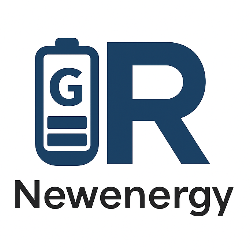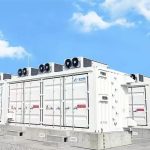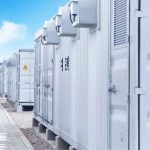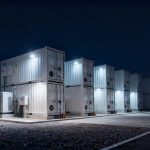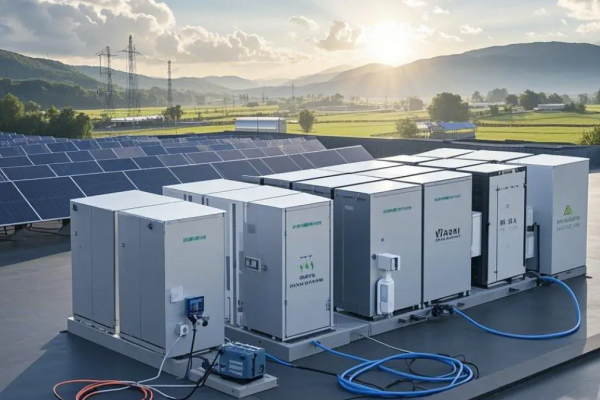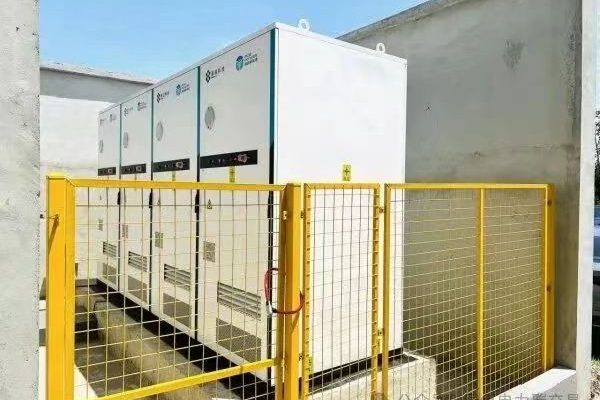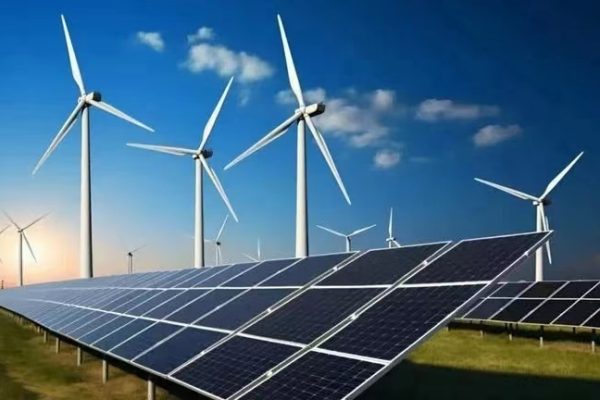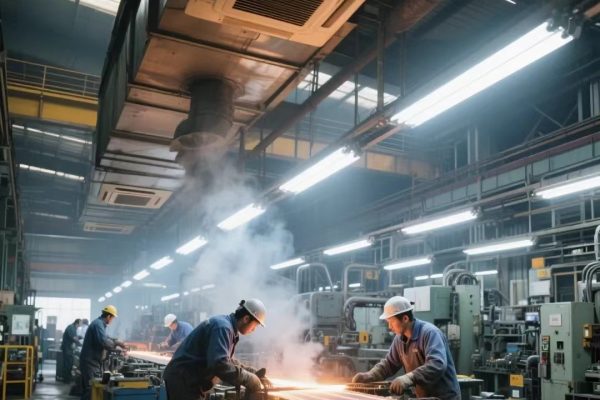In the energy storage and renewable energy industry, credibility is everything. Buyers of battery energy storage systems (BESS) invest millions of dollars into projects that must perform reliably for years. Before signing contracts, they need to be confident that a supplier is both technically competent and trustworthy.
One of the most effective modern tools to build this trust is LinkedIn. Unlike traditional advertising, LinkedIn allows suppliers, EPC contractors, and integrators to share technical expertise directly with global buyers. When used correctly, technical posts on LinkedIn can transform a company’s reputation from “just another vendor” into a trusted industry authority.
This article explores how companies in the energy storage, renewable energy, and BESS sector can use technical posts on LinkedIn to build trust, win buyers, and strengthen their brand globally.
Why LinkedIn Matters for Energy Storage and BESS Suppliers
- Professional audience: LinkedIn is the world’s largest professional network, used heavily by energy project developers, investors, EPC contractors, and procurement managers.
- Knowledge hub: Buyers often research new suppliers by checking their LinkedIn activity. A company that shares valuable technical content is more likely to gain attention and respect.
- Global reach: Energy storage trade is international. LinkedIn bridges markets between Europe, Asia, North America, and the Middle East.
In short, technical credibility online leads to offline business opportunities.
1. Share Insights on Industry Standards and Certifications
Buyers constantly ask: “Is your system certified and compliant with international standards?”
A LinkedIn post that explains:
- UL 9540 and UL 9540A fire safety testing
- IEC 62619 for rechargeable battery safety
- UN 38.3 for lithium-ion shipping
- CE and local compliance (e.g., GB/T in China, CEC in Australia)
… immediately builds trust.
Example Post Idea:
“What’s the difference between UL 9540 and UL 9540A? Many BESS buyers ask this question. UL 9540 certifies system-level safety, while UL 9540A tests for thermal runaway propagation. Both are critical for safe grid-scale storage deployment.”
This type of educational post positions your company as a technical advisor, not just a seller.
2. Use Case Studies and Project Highlights
One of the most powerful trust-building tools is real-world proof. Buyers want to see how your systems perform in actual projects.
On LinkedIn, share short, digestible project case studies:
- Location: “2MWh commercial project in Germany”
- Application: “peak shaving for a manufacturing facility”
- Results: “reduced electricity bills by 20% in the first year”
- Certification: “UL 9540A certified LFP technology”
Why this works: Real-world deployments prove both technical capability and global reliability.
3. Explain Complex Concepts Simply
Many buyers on LinkedIn are decision-makers, not engineers. They need to understand technical concepts without reading 50-page datasheets.
Examples of simplified technical posts:
- “What does 90% round-trip efficiency mean in practical terms?”
- “How does cycle life affect ROI for a 5MWh project?”
- “What’s the difference between lithium-ion LFP and vanadium flow batteries?”
A clear, simple explanation shows that you understand your own product deeply—and can communicate it to non-technical stakeholders. This builds confidence in your expertise.
4. Share Charts, Infographics, and Technical Visuals
Visuals make technical content digestible and shareable. On LinkedIn, posts with images or infographics receive 2–3x more engagement.
Examples of technical visuals for the energy storage industry:
- Cycle life comparison: LFP vs. NMC vs. flow batteries
- ROI chart: cost savings from peak shaving
- Sizing diagram: how to design a 1MWh BESS system
- Safety system infographic: fire suppression, BMS, thermal management
When buyers see professional visuals, they perceive the company as organized, transparent, and technically strong.
5. Highlight After-Sales Service and O&M Expertise
Trust is not only about the product—it’s also about long-term support. Buyers often hesitate with overseas suppliers because of after-sales concerns.
Use LinkedIn to show:
- Remote monitoring platforms
- Global service networks or local partners
- Preventive maintenance strategies
- Warranty terms (5–10 years)
Example Post Idea:
“Did you know that predictive maintenance can extend the life of a BESS system by 2–3 years? Here’s how our AI-driven monitoring platform helps customers avoid costly downtime.”
This reassures buyers that your company is reliable long after installation.
6. Engage in Industry Discussions and Hashtags
Buyers check not only your posts, but also your engagement with the wider industry.
Best practices:
- Comment on posts under hashtags like #EnergyStorage, #BESS, #RenewableEnergy, #BatteryTechnology.
- Share insights on trending topics (e.g., sodium-ion batteries, hybrid storage, grid compliance).
- Join LinkedIn groups for renewable energy and utility-scale storage.
This increases visibility and reinforces your authority as an active industry participant.
7. Be Consistent and Authentic
Trust is built over time, not with one viral post. A consistent posting schedule (e.g., 2–3 technical posts per week) keeps your company visible to buyers.
Tips for consistency:
- Rotate content types (case studies, certifications, FAQs, infographics).
- Reuse content from trade show presentations or white papers.
- Encourage engineers and sales staff to contribute technical insights.
Authenticity is equally important—buyers can spot exaggerated claims. Stick to data-driven, fact-based posts.
Example: A One-Week Technical LinkedIn Content Plan
- Monday: Infographic – “Cycle Life Comparison: LFP vs. Flow Battery”
- Wednesday: Case Study – “2MWh BESS for Peak Shaving in Europe”
- Friday: Explainer Post – “What Does Round-Trip Efficiency Mean?”
This balance of data + proof + education builds credibility and trust.
How LinkedIn Technical Posts Convert to Sales
When buyers see consistent, professional technical content:
- They remember your company over competitors.
- They trust your technical expertise before the first meeting.
- They contact you first when a new project begins.
In international trade, where buyers may hesitate about unknown suppliers, this digital trust-building is crucial.
In the energy storage, renewable energy, and BESS industry, building trust is not optional—it’s the foundation of every contract. Buyers want suppliers who are not only capable, but also credible.
By sharing technical posts on LinkedIn—focused on certifications, case studies, clear explanations, visuals, and service reliability—you position your company as a trusted authority in global energy storage.
Trust online leads to contracts offline. In today’s competitive market, the suppliers who educate and engage on LinkedIn will win the attention, confidence, and business of international buyers.
